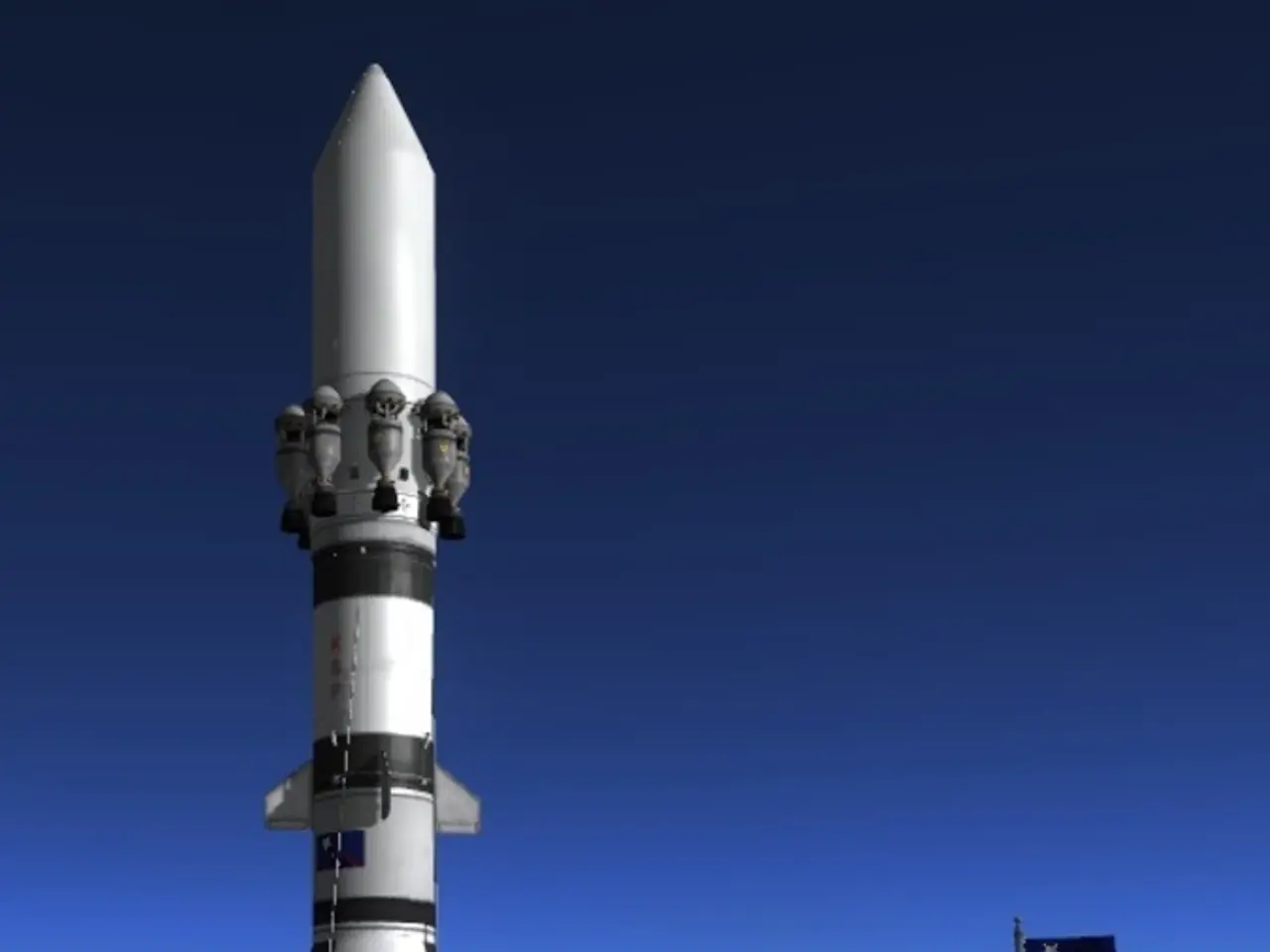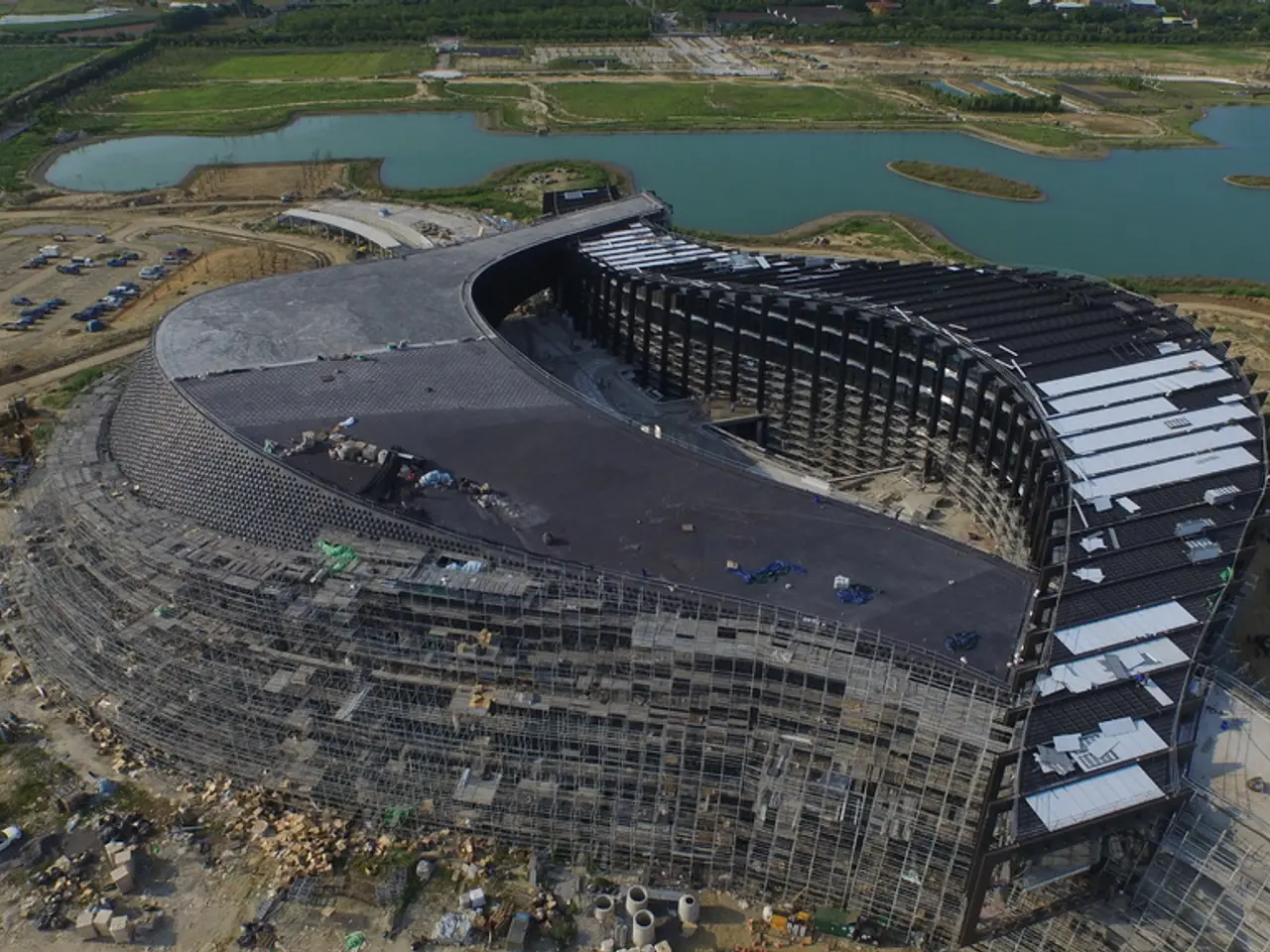Chinese scientists propose employing lasers and sabotage as countermeasures against Starlink satellites
In a move reflecting growing geopolitical tensions, Chinese researchers are developing various countermeasures to neutralize SpaceX's Starlink, a satellite network that has raised concerns over its potential military applications.
China's worries about Starlink stem from its global footprint and its demonstrated ability to convey battlefield advantages, as seen during Russia's invasion of Ukraine. The same satellites that pass over China also potentially serve other geographies, increasing the risk of collateral damage to other customers as SpaceX expands its global reach.
Chinese scientists are particularly concerned about Starlink's close ties to the US intelligence and defense establishment. They believe the network poses a high risk to the Chinese government and its strategic interests.
To counteract this perceived threat, China has established the state-owned China SatNet company to launch a megaconstellation with military capabilities, called Guowang. China SatNet has already launched 60 of a planned 13,000 satellites for Guowang.
Chinese researchers have mapped out vulnerabilities in Starlink's supply chain and suggested creating a fleet of satellites to tail Starlink satellites. They propose using corrosive materials to damage the batteries or interfering with the solar panels.
Other countermeasures include directed-energy weapons like high-powered lasers from stealth submarines and ground bases, hacker and supply-chain sabotage, custom "hunter" satellites with ion thrusters and corrosive sprays, jamming and signal interception, and enhanced optical tracking and surveillance.
These efforts are motivated by China's view of Starlink as a dual-use system enhancing U.S. military capabilities, including communications, reconnaissance, drone operations, and nuclear deterrence, which China sees as a strategic risk.
Meanwhile, other countries are playing catch-up. The EU is spending billions to develop its own satellite array, called the IRIS2 initiative, but remains significantly behind Starlink. Amazon's Project Kuiper, while larger, still lags far behind with just 78 satellites in orbit, a fraction of the planned fleet.
Despite these countermeasures, Starlink has made inroads in various countries, including Vietnam, Niger, Somalia, the Democratic Republic of the Congo, and Pakistan, and obtained a license to operate in India.
This development marks an escalation in the geopolitical race for dominance in space-based military assets controlled by private U.S. companies but linked strategically to American defense interests.
[1] Xinhua News Agency. (2022, October 12). China developing countermeasures to Starlink satellites, report says. Retrieved from https://www.xinhuanet.com/english/2022-10/12/c_136924117.htm
[2] Chen, Y. (2022, October 13). China's countermeasures against Starlink: What we know so far. Retrieved from https://www.scmp.com/tech/science/article/3150472/chinas-countermeasures-against-starlink-what-we-know-so-far
[3] Bode, M. (2022, October 14). China's countermeasures against Starlink: A look at the potential threats. Retrieved from https://www.space.com/china-countermeasures-against-starlink-threats.html
[4] The Diplomat. (2022, October 15). China's Countermeasures Against Starlink: The Implications for Space Security. Retrieved from https://thediplomat.com/2022/10/chinas-countermeasures-against-starlink-the-implications-for-space-security/
- The technological advancements in sports, such as virtual reality training or augmented reality spectator experiences, could potentially benefit from the innovations in satellite communication that Starlink represents, but they are overshadowed by the growing geopolitical tensions surrounding the network.
- As China SatNet works towards launching Guowang, a megaconstellation designed for military purposes, there are also discussions within the sports community about the potential for similar constellations to revolutionize sports broadcasting, increasing access to live games worldwide and providing immersive viewing experiences.




